Unless you have been into gardening for quite some time now, there are chances that you might not be aware of the Mandevilla leaves. They make stunning additions to your otherwise boring garden landscape and spruces up the look and feel of the area.
Also, they are quite easy to grow. You can grow them in pots, along the wall with the required support, or even on a trellis. The options are quite diverse but what stand out is their stunning trumpet-shade flowers with the mesmerizing and shiny green foliage.
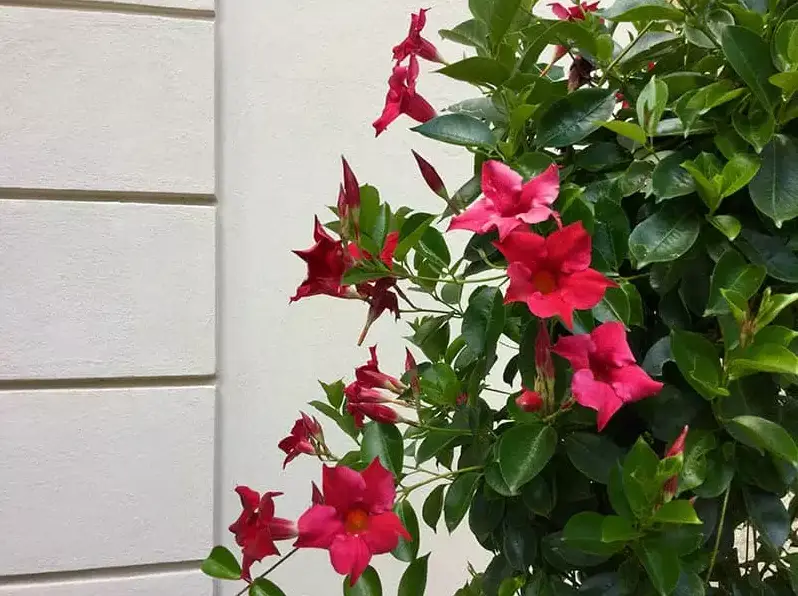
However, with certain complications, these leaves can turn brown, and eventually, fall off the stem. So, your aim, if that happens, is to be proactive, find the loopholes that are causing the wilting, and then implement ways to overcome the damage.
This article will look into the top causes of the Mandevilla leaves turning brown and what you can do to fix it.
Reasons why Mandevilla Leaves are Turning Brown
If you want to overcome the shortcoming, you need to first understand what’s causing it. The browning of the leaves isn’t just limited to diseases or pests, there are a handful of accessory complications too that one needs to be aware of.
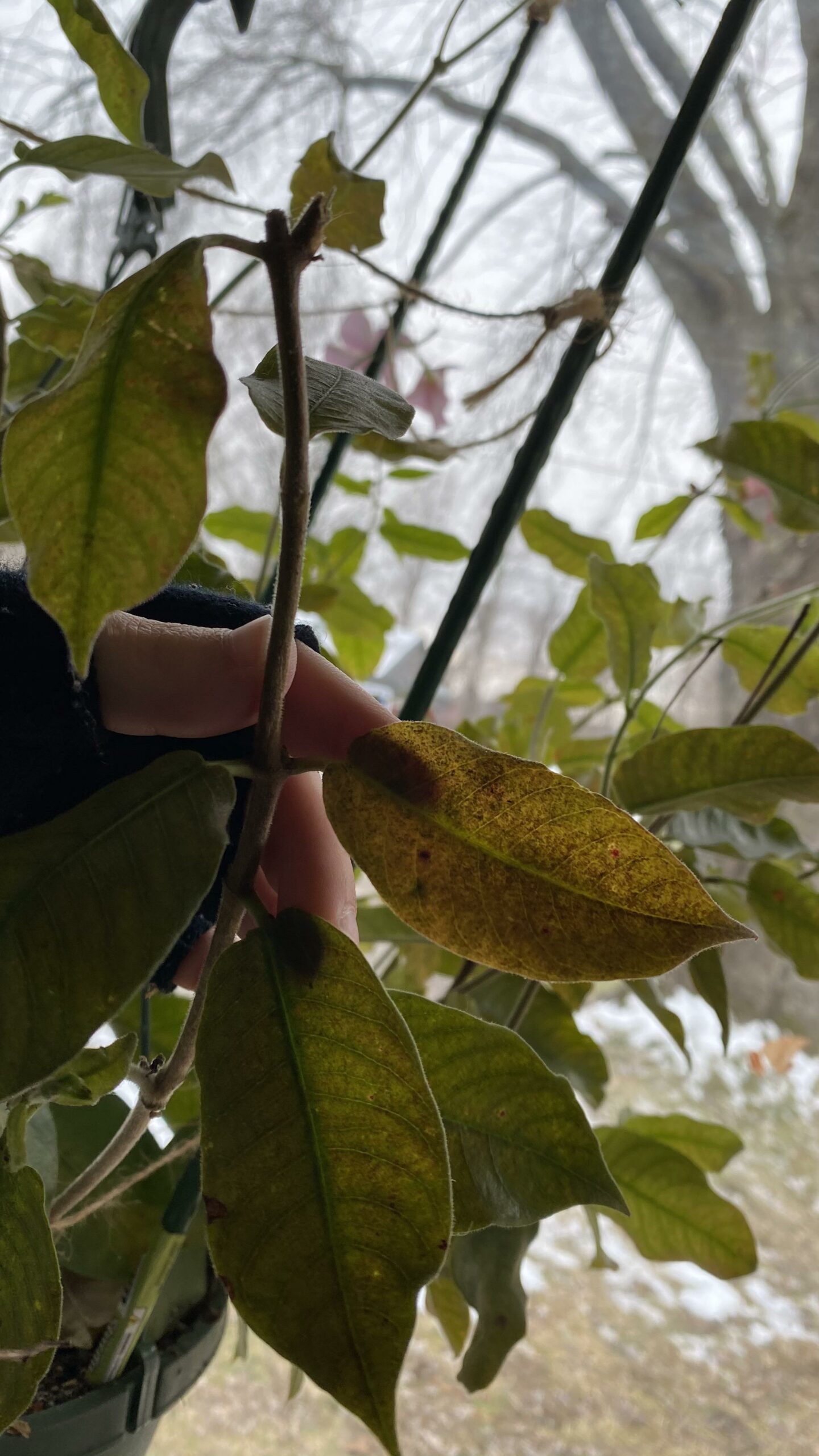
We will discuss them in further detail in this section of the article.
1. Fungal diseases
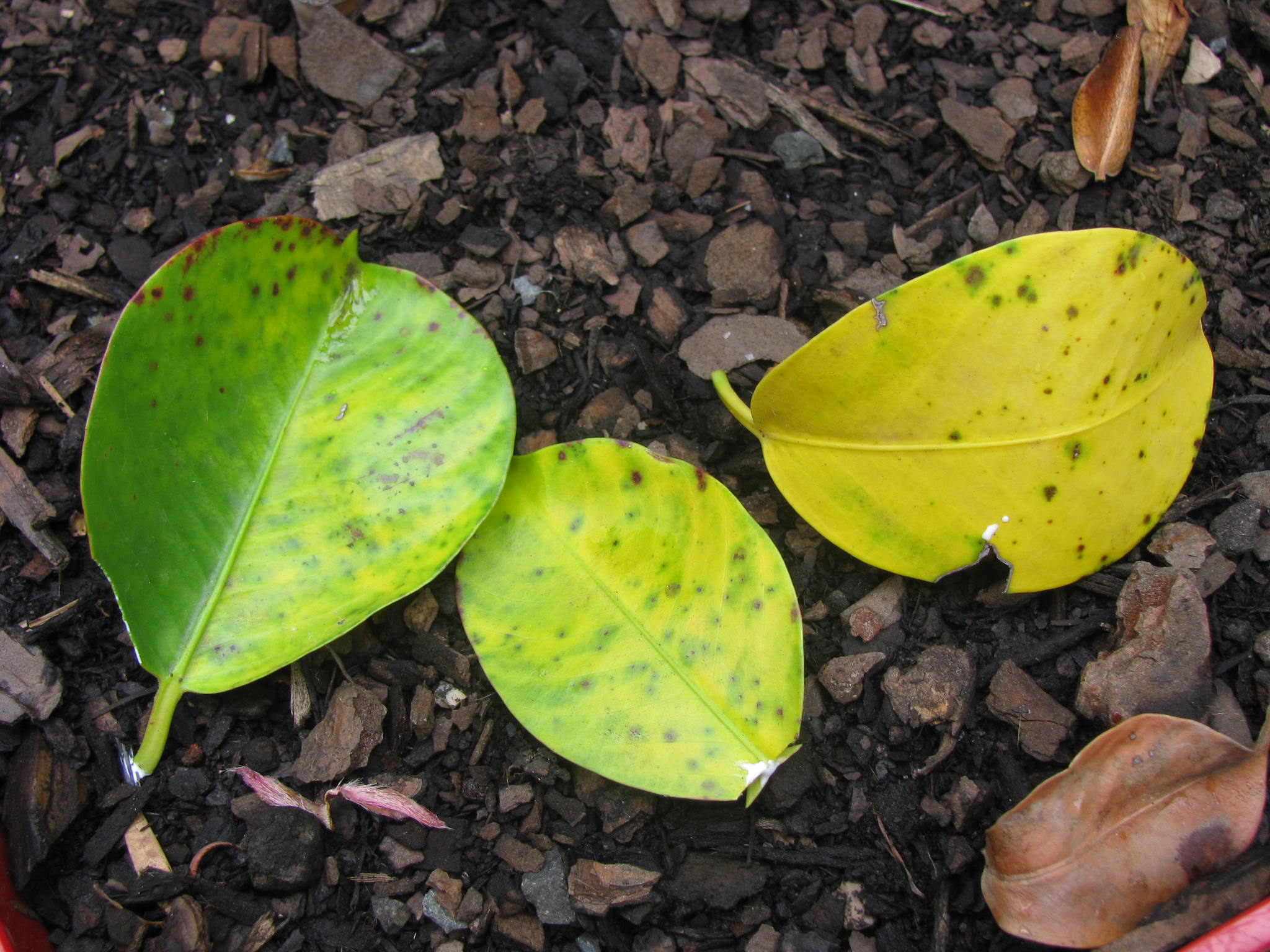
If you grow a plant, be prepared to fight off fungal diseases. They are common and especially quite prominent in Mandevilla plants. The common types of fungal diseases that you might have to look out for are:
- Botrytis blight
- Stem rot
- Sooty mold
If you notice any of the symptoms related to these diseases, you must focus on warding off the signs and mitigating the consequences that come with the issue.
The fungal disease leads to a condition called a fungal leaf spot, which appears as bright brown spots on the leaves. If not treated on time, the same takes over the entirety of the leaf, leading to damage to the whole leaf.
If you live in colder regions and you are growing Mandevilla plants, we’d recommend staying vigilant about the Botrytis blight. It happens when the temperature falls extremely low below 15 degrees Celsius. The condition contributes to the yellowing of the leaves, which later turn brown.
How to fix it?
If you notice signs of fungal infections, start by cutting off the infected leaves. Dispose of them correctly so they don’t infect any other plants. Once done, you can spray the vicinity of the plant with a fungicide and wait for it to work and preserve the rest of the leaves.
2. Bacterial Wilt
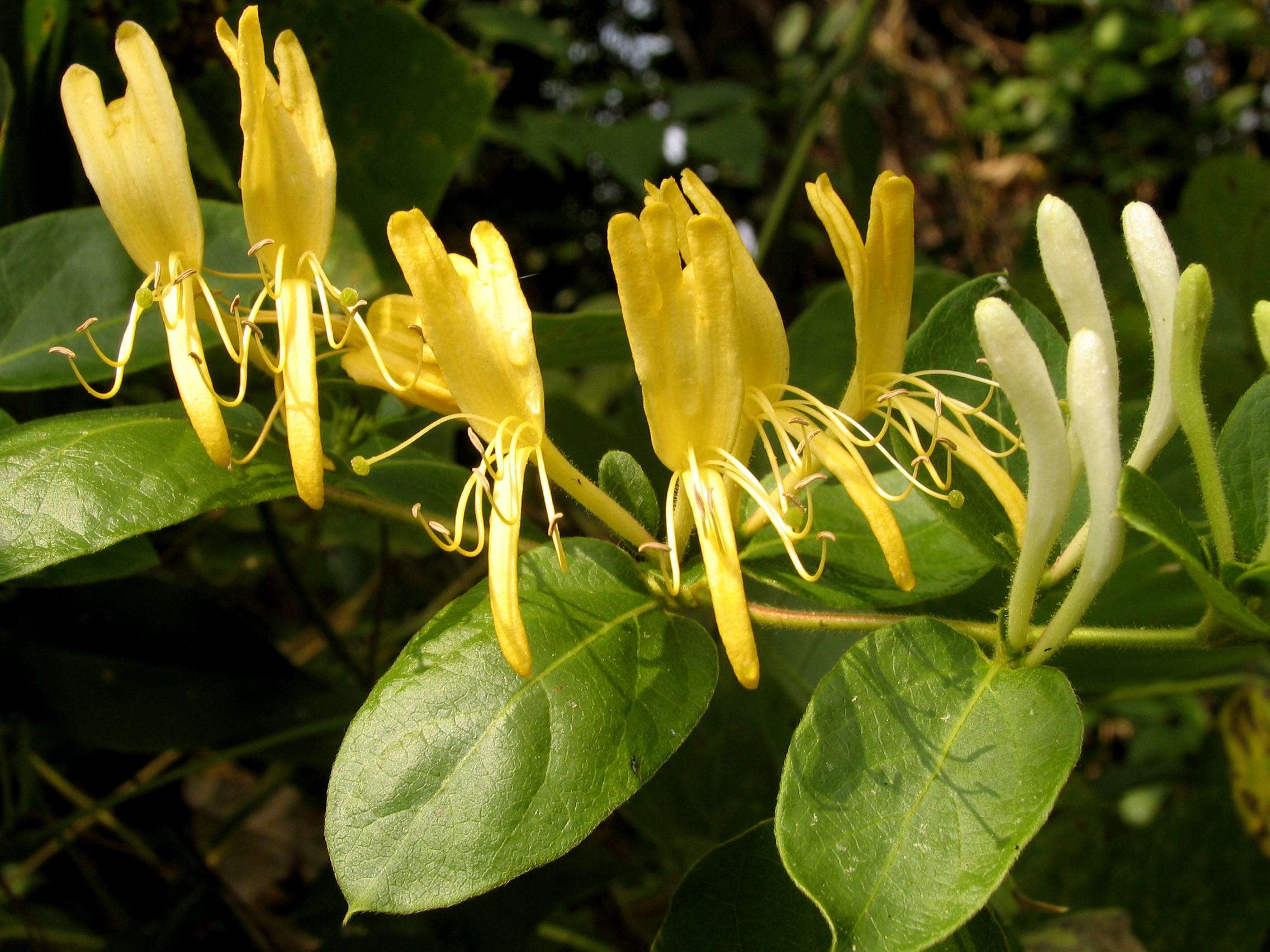
The next type of complication that typically leads to the browning of the leaves is bacterial wilt. Not just with Mandevilla, this is a complication that’s quite prevalent with other ornamental plants that you grow in your garden.
Unlike fungal infections that are often triggered by low temperatures, bacterial wilt progresses when the temperature is quite high and over 85 degrees Fahrenheit.
If your Mandevilla plant has this issue, the infesting bacteria will directly attack the vascular tissues in the plant, blocking its function. Doing so restricts the uptake of water and nutrients into the stems and leaves, eventually leading to the browning and wilting.
Immediate treatment is very important, especially if you don’t want the rest of the plant to get infected with the bacteria.
How to fix it?
The easiest way to fix this issue is with the copper fungicide spray that kills the bacteria and disinfects the soil quite readily. You can also use chemical disinfectants for it.
3. Inconsistent Watering
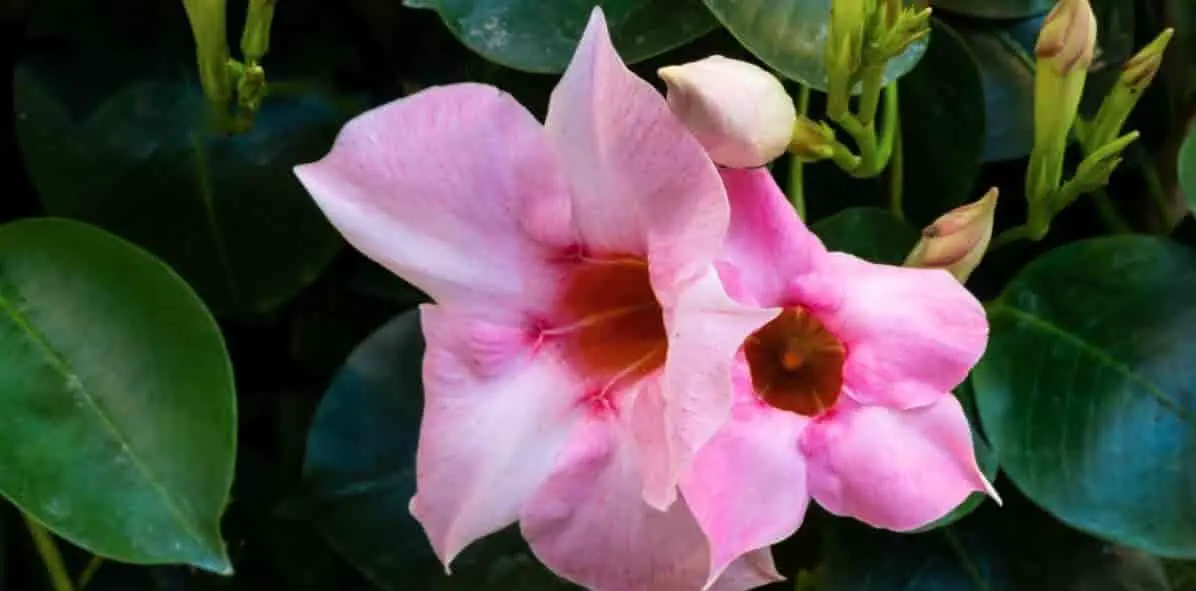
How much water a Mandevilla plant is getting also influences the growth and development of the plant. Since Mandevilla is a tropical plant, the water and moisture requirements are quite high in this case.
If you don’t water it properly, chances are that underwatering will lead to the browning of the leaves quite proactively. Like underwatering, even overwatering has negative implications on the Mandevilla plant and will affect its growth and stunt the development of the foliage.
How to fix it?
Firstly, try and pick out the brown leaves that you notice growing on the plant. Once that’s done, you can go ahead and keep an eye on the moisture levels in the soil. If the soil is too dry to touch, re-water the soil. Also, ensure that there is enough drainage in the soil and the pot so the water isn’t stagnant.
4. External or Environmental Stress

Mandevilla plants are quite resilient but even they have a limit to how much stress they can handle in one go. Technically, you have to ensure that the plant is getting enough of its require parameters of care, including sunlight, water, etc.
However, excess heat in the environment will directly affect the foliage, making the leaves turn a bright brown color. This is because the heavy sun exposure burns the leaves in the process.
Like higher temperatures, Mandevilla plants can’t withstand lower temperatures too, so that’s something that you need to be mindful of as well. Anything over 85 degrees Fahrenheit and less than 45 degrees Fahrenheit will lead to extensive browning and contribute to the death of the plant.
Also, if you tend to overapply fertilizers for the “optimal” health of the plant, you are negatively impacting the plant’s growth as well. Excess fertilizer in the soil leads to salt deposition, which can lead to root rot and other complications.
How to fix it?
Start by trimming or cutting off the browning leaves in the plant. Also, keep an eye out for the environment. Adjust the plant’s placement depending on the temperature outside. In case of excess fertilizer in the soil, take out the plant and repot it somewhere else.
FAQs
1. Why are my Mandevilla leaves turning brown?
The most common reason why your Mandevilla leaves are turning brown is due to a disease called leaf spots. They eat away at the nutrition in the leaf, leading to eventual discoloration and brown spots on the leaves. Sometimes, infected leaves also showcase the staple brown color in the leaves.
2. How do you get rid of Mandevilla fungus?
If your Mandevilla plant is attacked by a fungal infection, the issue can lead to complications. If left untreated, the condition will progress and take a turn for the worse. What we’d recommend you do is identify and eliminate the already infected leaves from the plant and then spray the entire plant with the necessary amount of fungicide to eliminate the complications.
3. How do I save my Mandevilla plant?
You can try the staple tricks of watering the plant or checking for infections and pests. If nothing is working out, we’d suggest leaving it and letting the plant go dormant. Sometimes, doing so helps the plant grow better in the next season and you don’t have to end up wasting your time on a plant that’s beyond repair.
4. What can I spray on Mandevilla?
If your Mandevilla plant is infected with fungal or bacterial infection and it’s eating away at the plant, the one thing we’d recommend you do is to spray the entire plant with some antifungal spray or antibacterial soap to see if that helps. Nine out of ten times, they should be enough to fix the issue.
5. Should I cut off a brown leaf?
If you notice brown leaves in the Mandevilla plant, we’d highly recommend that you snip them off the plant. It isn’t even a question at this point. Eliminating the infected leaves allow the budding of new leaves in the plant.
Conclusion
Mandevilla plants are stunning to look at but can be equally sensitive to some external triggers. If you notice browning of the leaves, take immediate action and find ways to mitigate the issue before it damages and eats away at the entire plant.

![4 Causes of Mandevilla Leaves Turning Brown [Solution & Prevention]](https://www.plantsofmerit.org/wp-content/uploads/2022/07/4-Causes-of-Mandevilla-Leaves-Turning-Brown-Solution-Prevention.jpg)